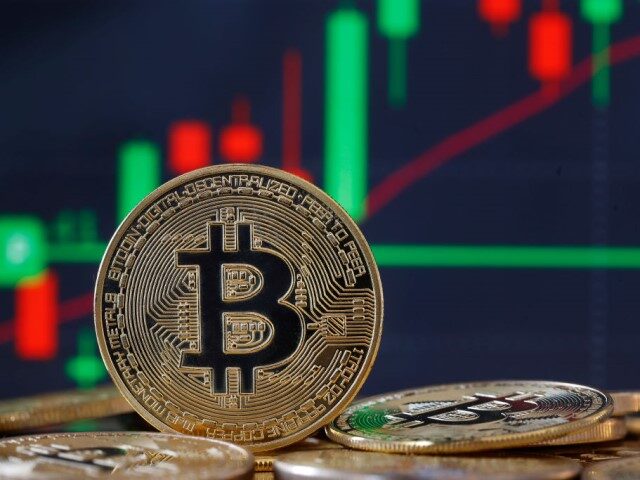Bitcoin (BTC) sold for over $100,000 in Wednesday evening trading, hitting another all-time high benchmark value in its nascent bull run.
The digital asset peaked around its previous 2022 record of $73,000 in March 2024, weeks after the U.S. Securities and Exchange Commission (SEC) approved several exchange-traded funds (ETFs) for investors seeking to acquire it, according to data from CoinMarketCap.com. At the end of October, Bitcoin came close to that $73,000 record before retreating in the 60,000s range, then rocketing to a new all-time high of $75,000 before the end of the first week of November. Since then, BTC has sailed past new price benchmarks, first selling for $90,000 on November 13.
In the course of an hour, BTC surged from roughly $98,500 to $103,000 Wednesday evening, smashing a six-figure price barrier that felt unthinkable a decade ago, when the asset spent an entire year under $1,000.
Several factors may have contributed to the past month’s price action; investors may have been energized by President-elect Donald Trump’s victory over Kamala Harris (Trump vowed to create a BTC “strategic reserve” and appealed directly to Bitcoiners on the campaign trail) and the announcement that Gary Gensler — a villain in the eyes of many cryptocurrency fans — would step down from the SEC once Trump takes office.
But one of the key elements in Bitcoin’s perennial rise is its “halving” — a 50% reduction in its issuance of new “coin” units — that occurs every four years, making the “mining” that secures the network that records the ledger of BTC transactions more competitive and costly. The latest Bitcoin halving occurred in April 2024. Just as it did in 2012, 2016, and 2020, BTC appears to be entering price discovery roughly five months after the latest halving.
Historically, Bitcoin has grown in cycles of parabolic ascent and “crashes” down to prices far above the previous cycle’s highs.
Bitcoin’s slowing issuance will ultimately make it a deflationary currency, providing an alternative to central banking systems. For example, the U.S. dollar is inflationary by design, which incentivizes spending and long-term debt and penalizes personal savings. Before Bitcoin, the most common way for the middle class to beat inflation was by investing in the stock market, enriching brokers and third parties via fees and penalties for withdrawal before retirement.

COMMENTS
Please let us know if you're having issues with commenting.